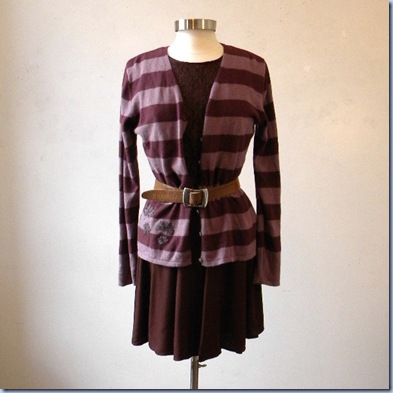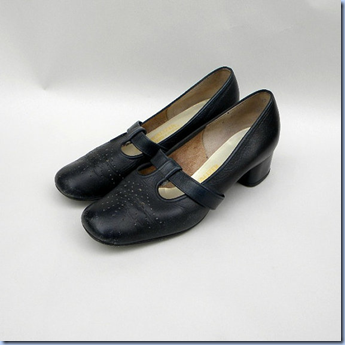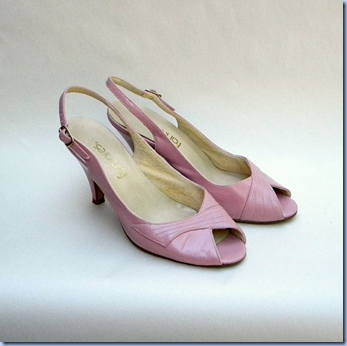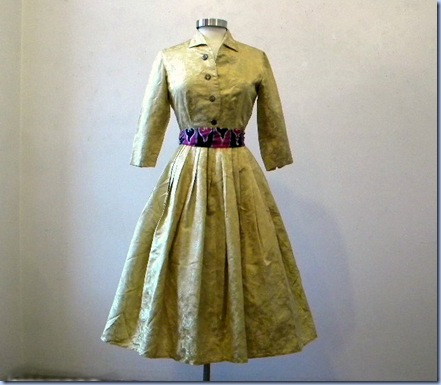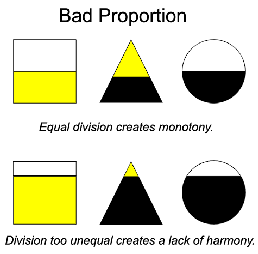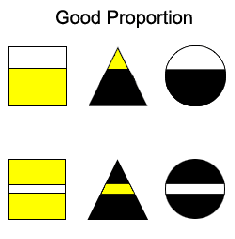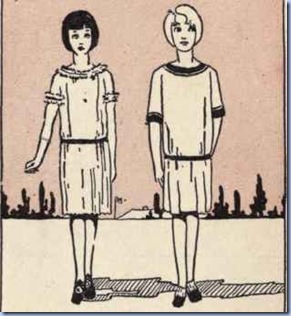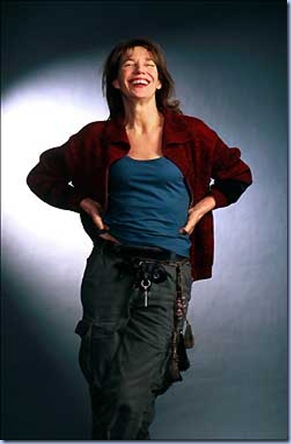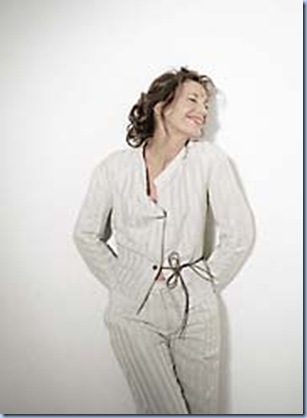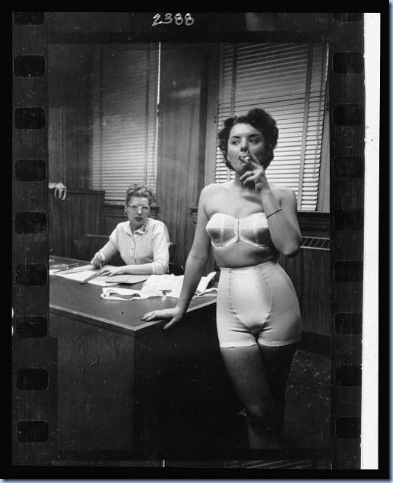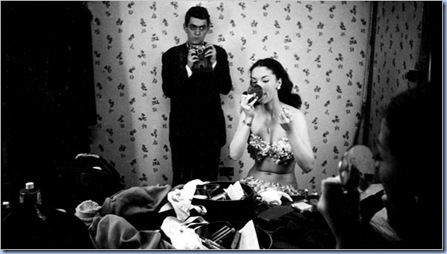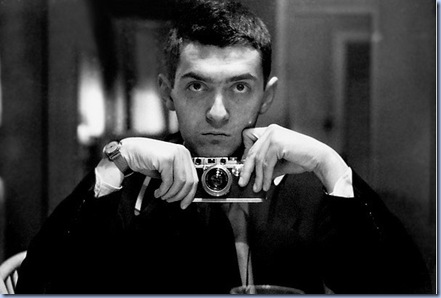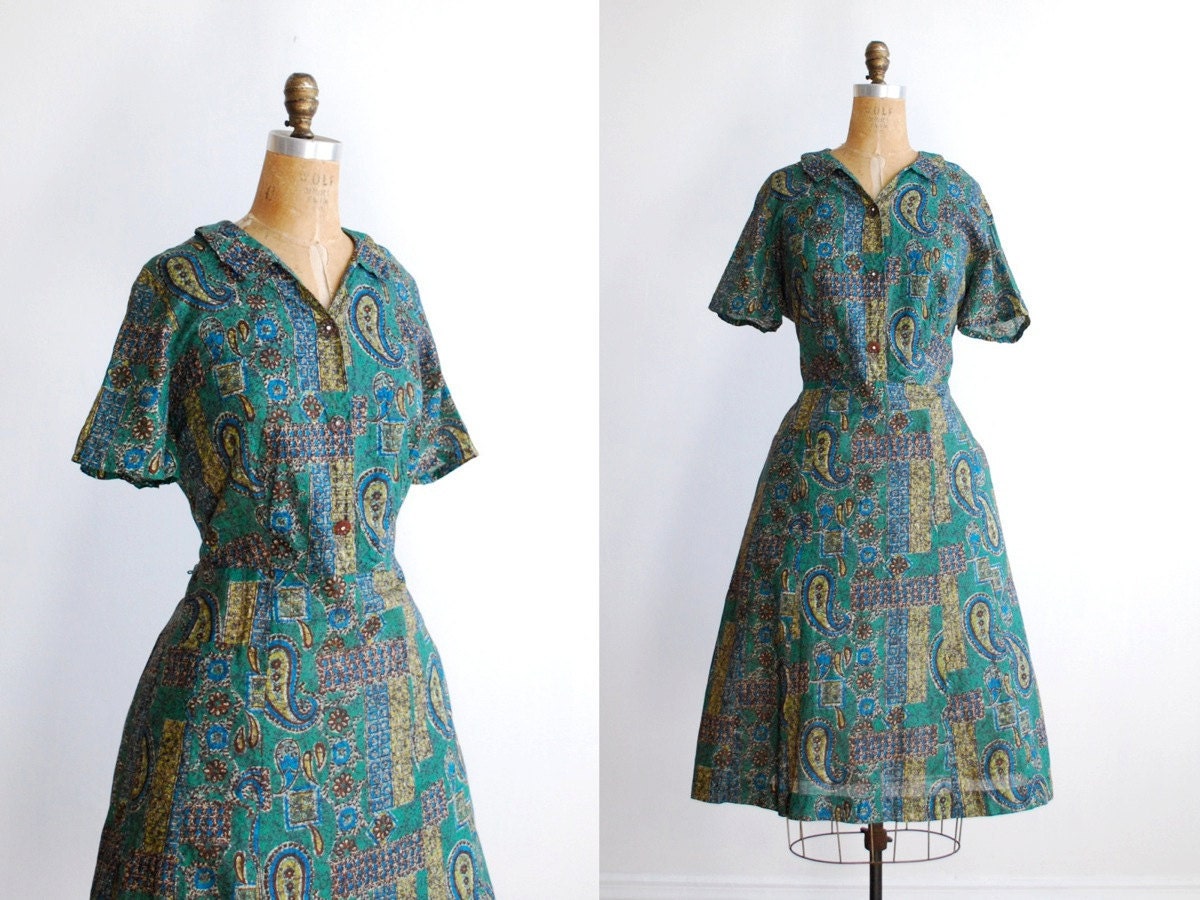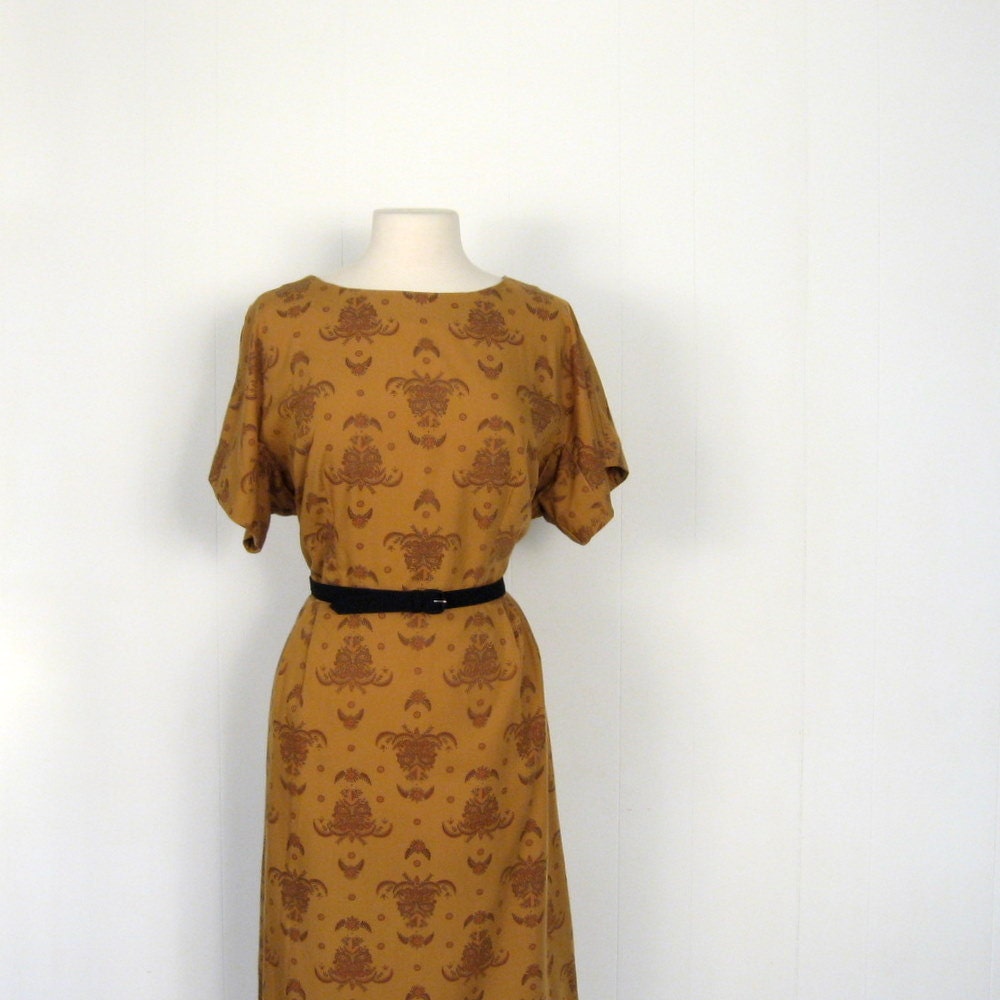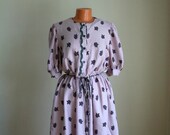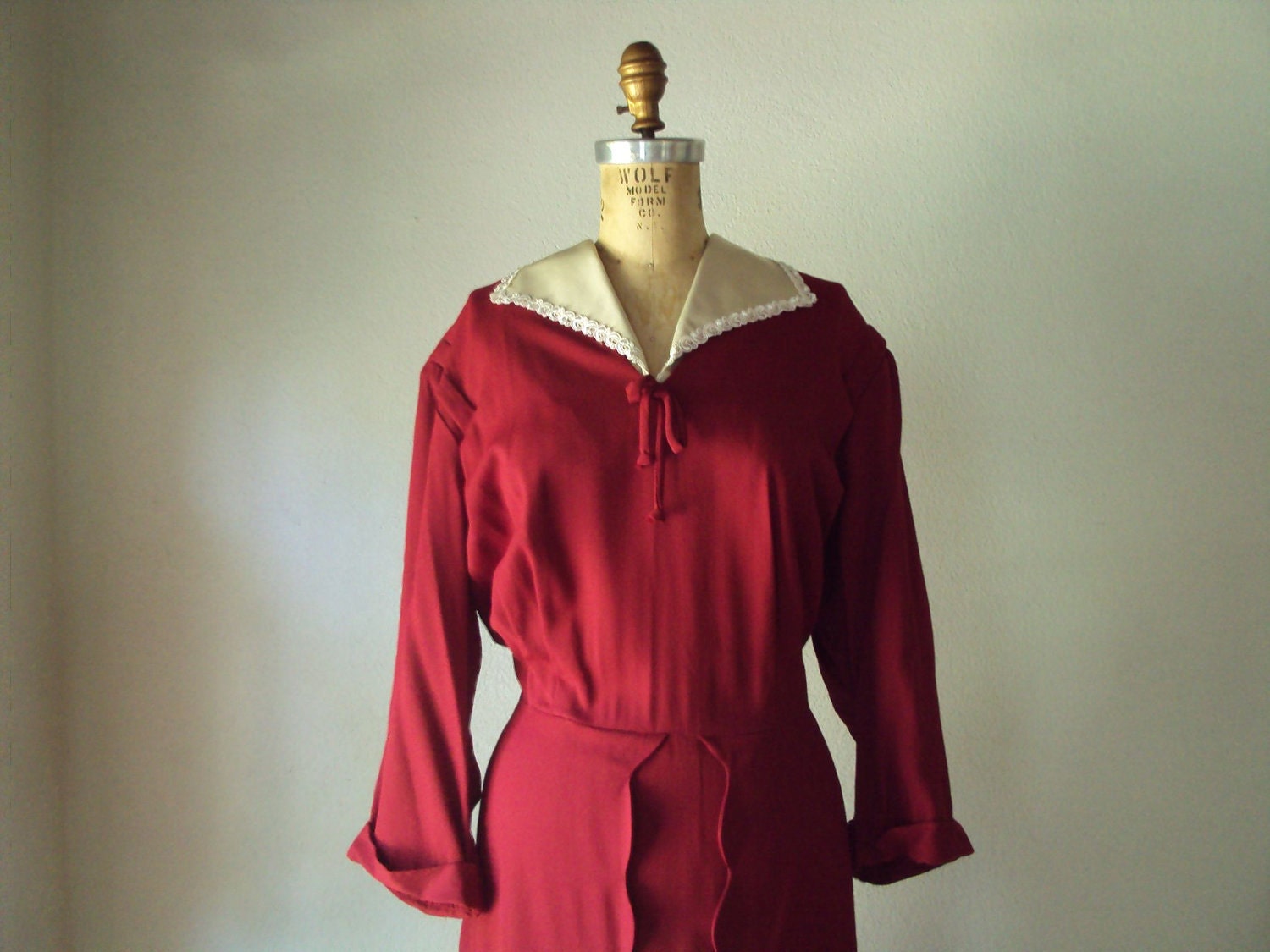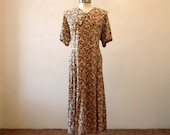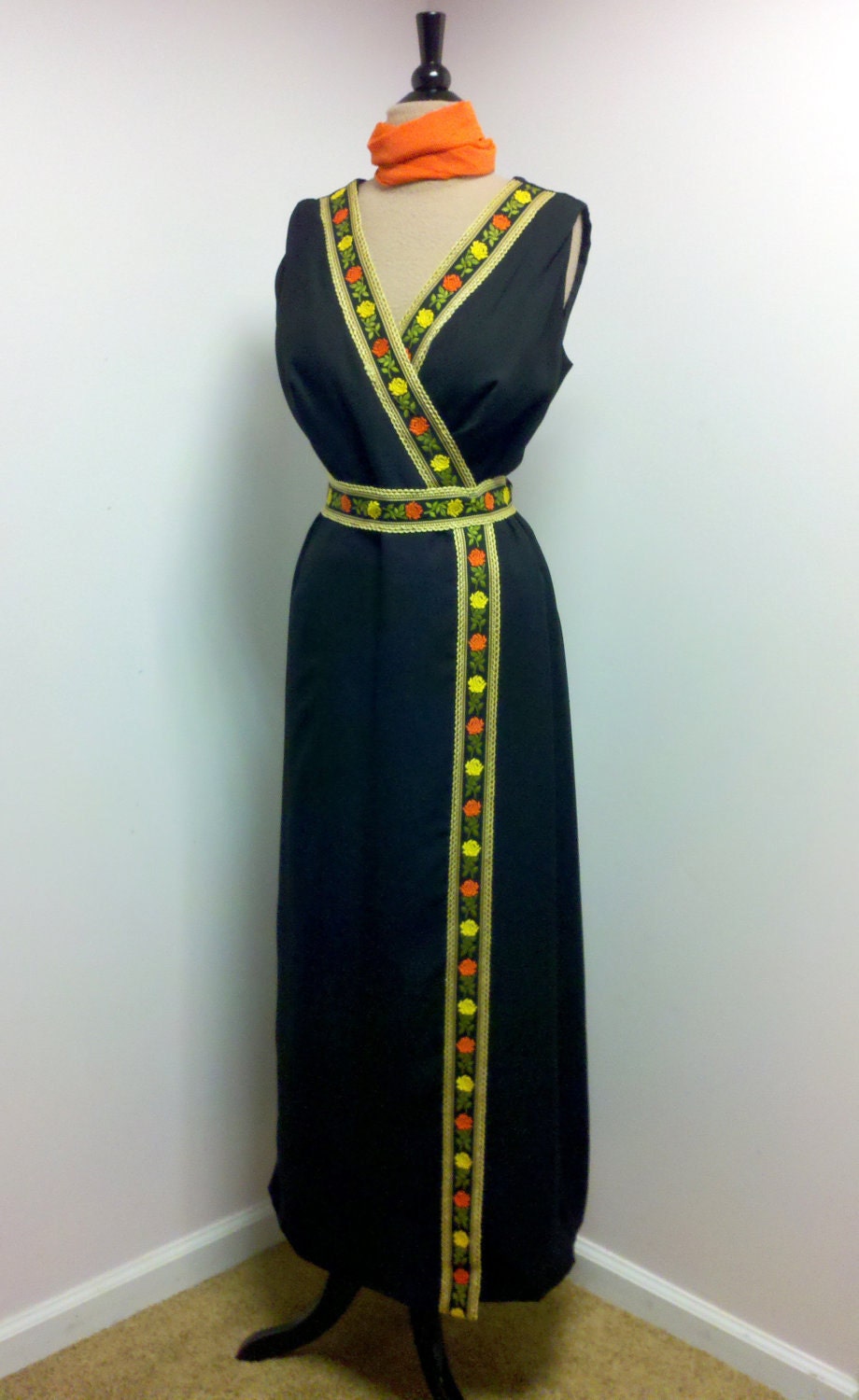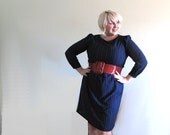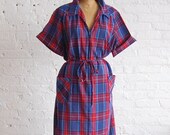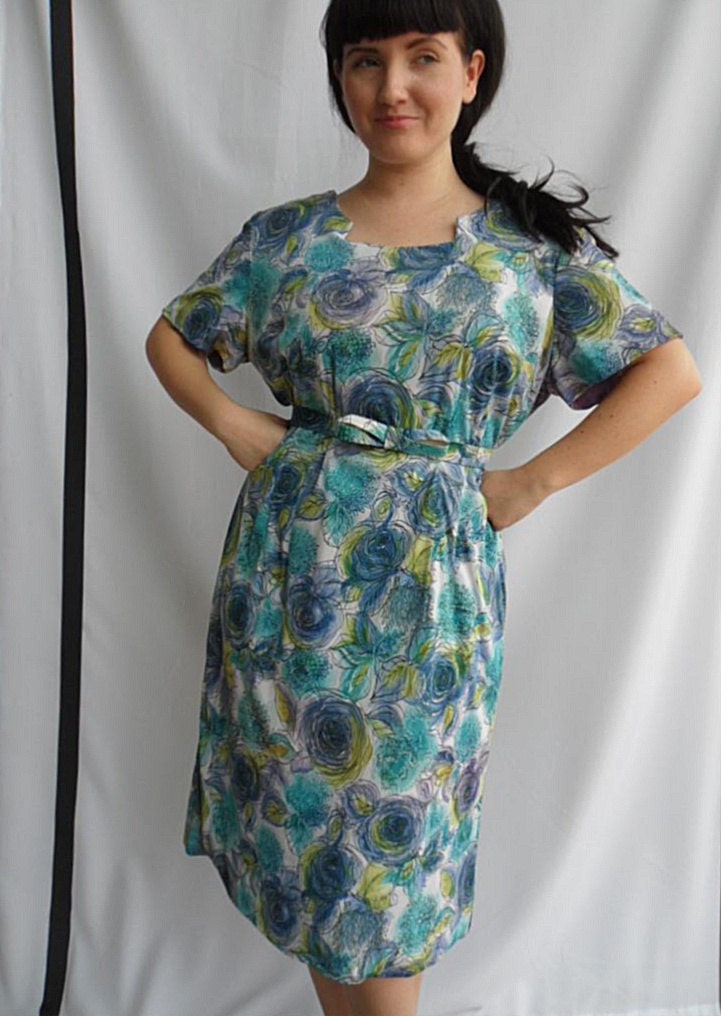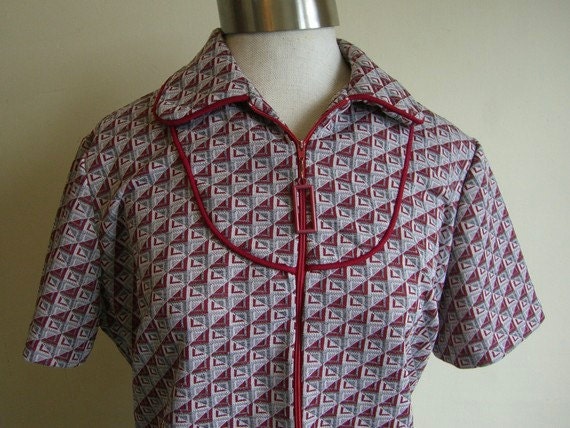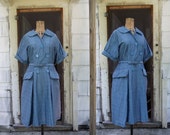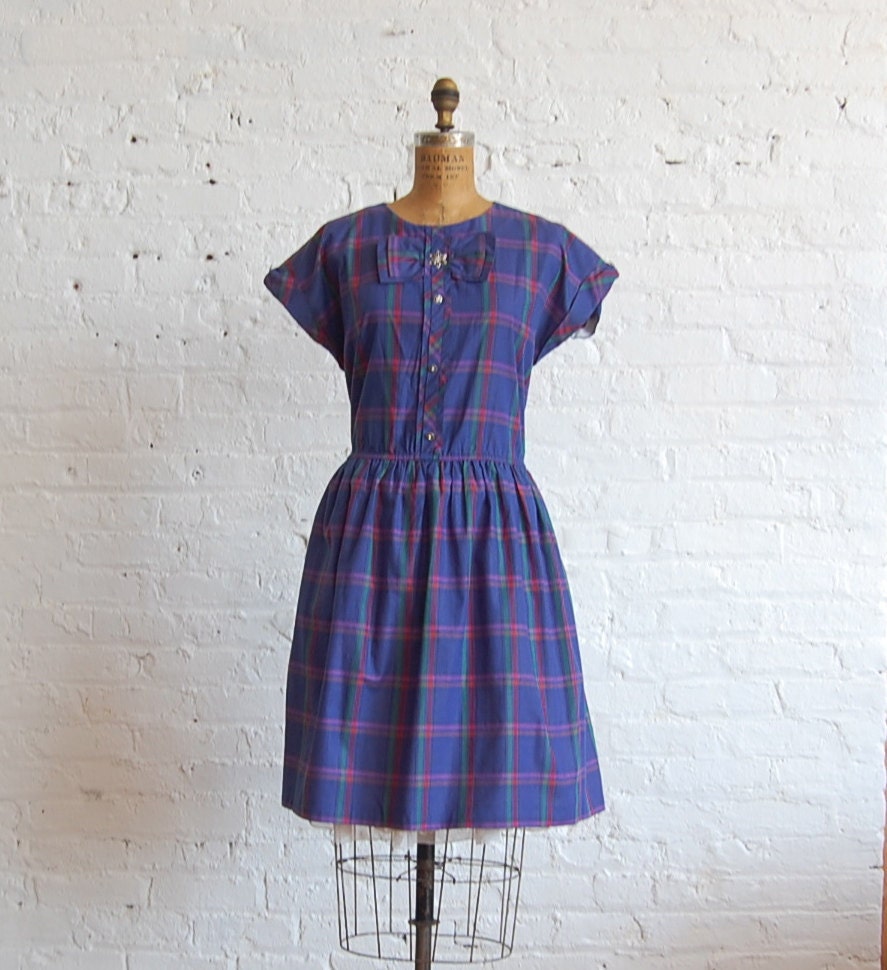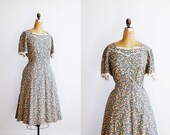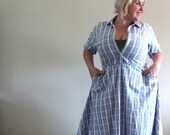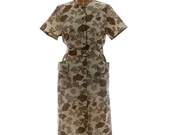
Evelyn Jephson Cameron was a Montana artist and photographer with a remarkable life. Her story exemplifies what women throughout history have always done—created lives for themselves out of sometimes not very great raw material.
Cameron was born to a wealthy British family. She came to rural, remote eastern Montana in the late 19th century after her marriage to naturalist Ewen Cameron. Evelyn initially found life there rewarding and stimulating, for all its challenges and hardships.

Evelyn, ever cheerful, smiling on top of her horse.
According to author Kristi Hager, Evelyn’s early life was one of wealth and luxury. In Montana, everything was different. She and her husband barely scraped by on the meager earnings from their ranch. In fact, while Ewen was way studying wildlife, Evelyn took care of nearly all the ranch work alone.
Some of her chores included: raising a huge garden, chopping wood, digging coal, tending chickens, milking, breaking colts, skinning and butchering animals, branding, dehorning, and castrating cattle, baking, cooking, and keeping house with no hired help and next to no assistance from her husband (source: Kristi Hager, Evelyn Cameron: Montana’s Frontier Photographer).
Somewhere along the way, Evelyn discovered her own passion through photography. Over some thirty-plus years, she shot thousands of images of the landscape, people, and natural world around near the town of Terry, Montana. Her work supported Evelyn and Ewen financially, and left posterity with a stunning record of this remote ranching culture and landscape.
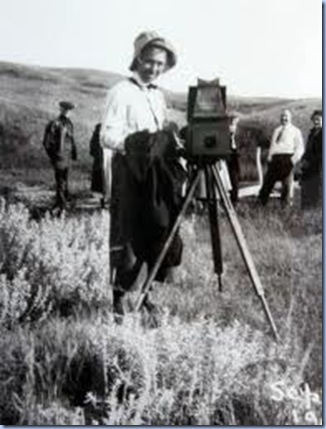
Self portrait with camera.
In addition to her photos, Evelyn recorded details of her life and world in thirty-five diaries. Together, the diaries and photographic record are some of the best resources we have regarding life on the American Great Plains in the late 19th century.

Milwaukee Railroad Workers, 1910.
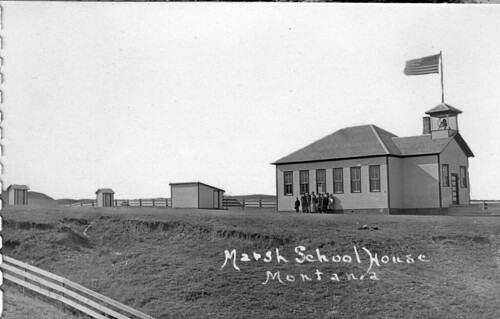
Marsh School House, 1914.
About forty years ago, a former editor for Time-Life books, Donna Lucey, found Evelyn’s entire collection of work in the basement of Evelyn’s friend Janet Williams of Terry. Lucey later wrote the best biography introducing Cameron’s work to the public: Photographing Montana: the Life and Work of Evelyn Cameron.

For more of Evelyn’s fascinating story, visit this blog entry at Shades of the Departed.
Sources for photographs, in order:
Self Portrait Kneading Bread, Montana Historical Society; Portrait on horse: this one is available several places online and I don’t know the original source; Self portrait with camera, University of Montana Museum; Milwaukee Railroad Workers, 1910, Montana Historical Society; Marsh School House, 1910, original source unknown; Book cover: Mountain Press.
sallymandy
posted by Barbara (aka Sallymandy) at Chronologie Fine Vintage.








